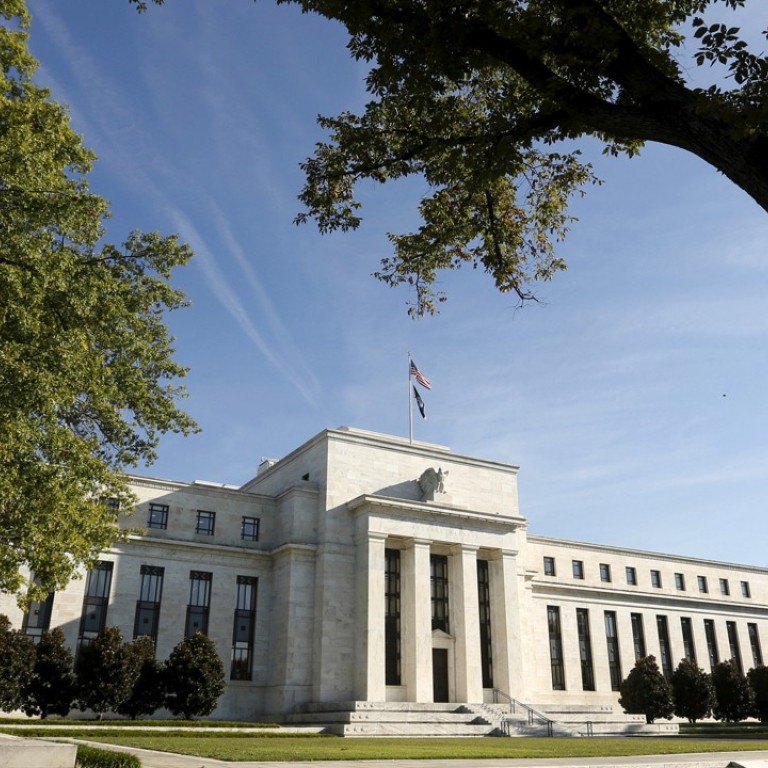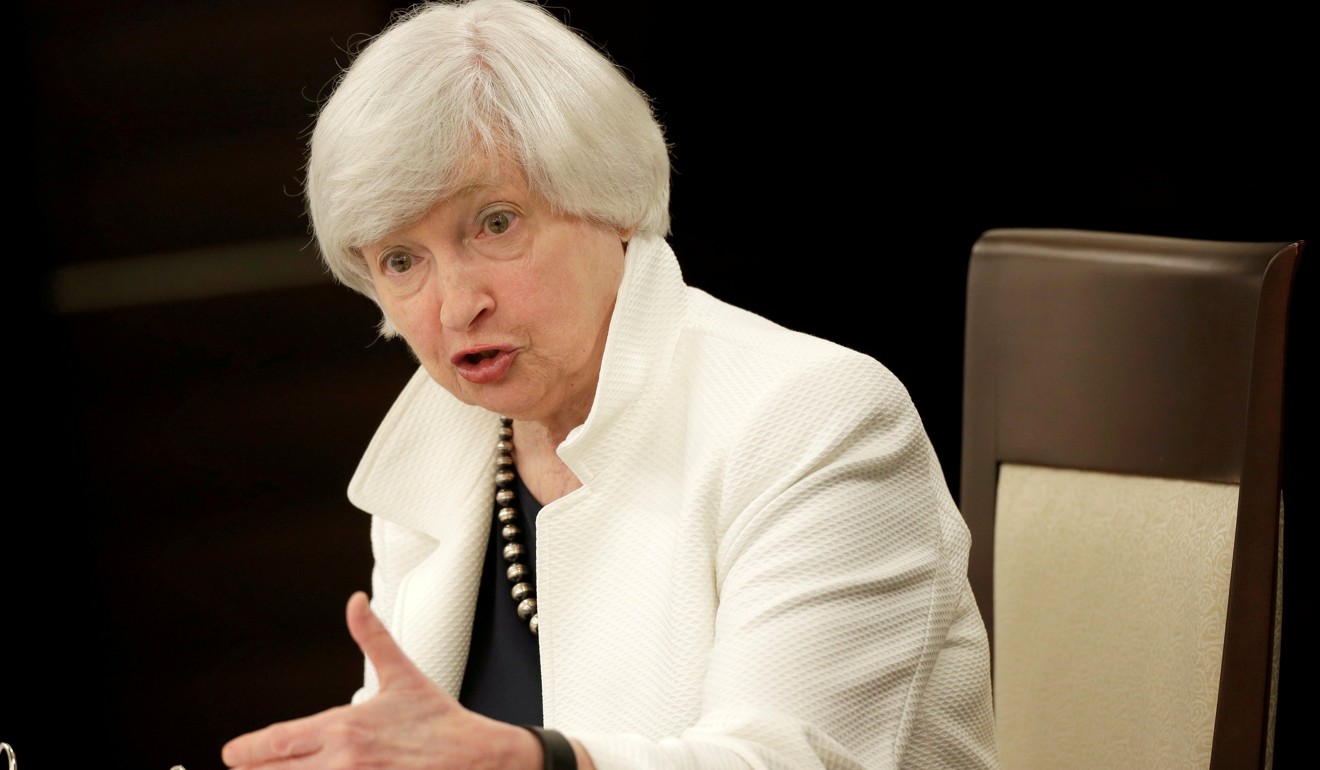
Federal Reserve hints at US interest rate increase in December as inflation debate persists
Federal Reserve officials meeting earlier this month saw an interest-rate increase in the near term even as tepid inflation drove divisions over the policy path and as financial stability concerns cropped up.
“Many participants thought that another increase in the target range for the federal funds rate was likely to be warranted in the near term if incoming information left the medium-term outlook broadly unchanged,” according to minutes from their October 31-November 1 gathering, released in Washington on Wednesday.
Policymakers held rates steady at the meeting but are expected to hike next month as they continue with gradual tightening. Unemployment is at a 16-year low, although inflation remains well beneath their 2 per cent target.
The minutes showed that while Fed officials remain confident in the labour market and above-trend economic growth, several are looking for stronger signs that price gains will pick up. A few even want to see inflation on an upward path before lifting rates again, underlining a persistent divide on the policy-setting Federal Open Market Committee (FOMC).

Stocks stayed lower, the dollar declined and yields on two-year Treasury notes dipped after the minutes were released. With a December Fed rate hike almost fully priced in, market-implied odds of another rate increase by March held around 55 per cent, based on trading in federal funds futures.
Officials have been projecting three rate increases in 2018, but that outlook could be called into question if economic data fail to meet Fed expectations. Analysts are watching closely for any signal that central-bank officials will mark down their outlooks when they submit economic projections at their December 12-13 meeting.
“It was pretty well telegraphed that December is a done deal,” said Omair Sharif, senior US economist at Societe Generale in New York. “There’s really nothing in these minutes that tells you that the path for rate hikes will be different than what it looked like coming out of the September meeting. No one is jumping from one camp to another, they’re just digging in a bit more.”
Inflation has averaged 1.6 per cent so far this year after stripping out volatile food and fuel, and it came in at just 1.3 per cent in September, stubbornly below the Fed’s goal.
Many participants observed that low inflation “might reflect not only transitory factors, but also the influence of developments that could prove more persistent,” according to the minutes. On the other hand, a few said there could be “increasing upside risks” to inflation as the labour market continues to tighten.
Even as inflation baffles policymakers, they are on the lookout for asset bubbles after a long period of low interest rates. Several participants “expressed concerns about a potential build-up of financial imbalances,” adding that a sharp reversal in asset prices could hurt the economy, according to the minutes.
Several participants said businesses seemed to be more inclined to invest, and “it was noted” that tax reform could boost capital expenditures. A few said prospects for “significant” tax cuts had improved.
The meeting concluded a day before President Donald Trump announced he had picked Governor Jerome Powell to replace Janet Yellen when her term as chair ends in February. This was the first meeting that former Fed Vice Chairman Stanley Fischer did not attend since announcing his retirement.

